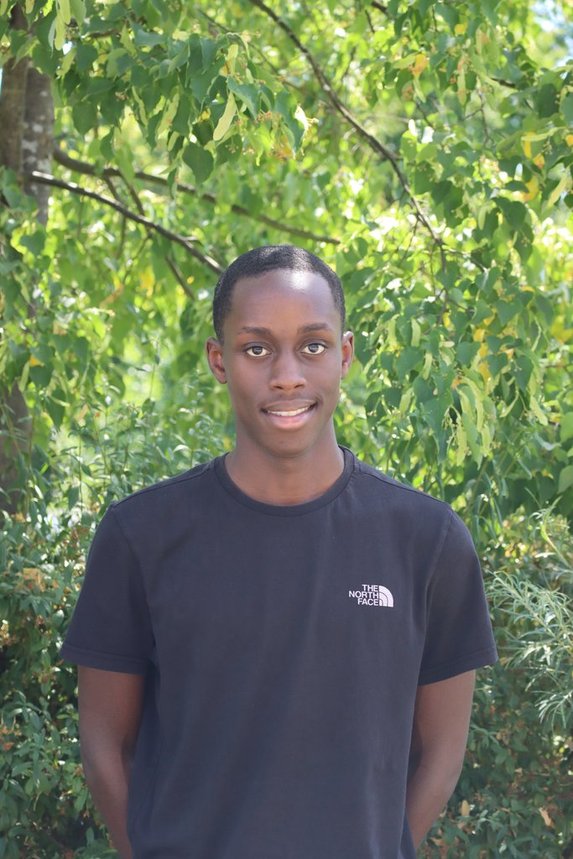The ongoing crisis in Eastern Congo, marked by the resurgence of the M23 rebel group, backed by Rwanda (according to UN Peacekeeping Forces) and the involvement of multiple military actors, including Forces Armees de la Republique Democratique du Congo (FARDC) and various local militias, has exposed the East African Community’s (EAC) inability to effectively manage regional security within its territory. The EAC’s failure to address this volatile situation not only undermines peace but also threatens the region’s economic ambitions. The upcoming meeting between the EAC and athe Southern African Development Community (SADC) on Friday and Saturday in Tanzania marks a pivotal moment in addressing the ongoing crisis in the eastern Democratic Republic of the Congo (DRC). This high-level summit will not only focus on strategies to stabilize the region but will also serve as a decisive test of the EAC’s ability to fully achieve its regional integration goals in the future. The outcome of this meeting could determine whether the EAC can effectively fulfill its mission of promoting peace, stability, and cooperation across the region. This article will examine the EAC’s past failures in tackling these challenges and explore potential strategies to ensure more effective and sustainable approaches in the future.
The crisis in Eastern DRC and the EAC´s ineffectiveness dealing with it
The conflict in Eastern Congo has built up for years, fueled by historical resentments, resource disputes, and regional power dynamics. While the EAC deployed the East African Regional Force (EACRF) to stabilize the region, its withdrawal at Kinshasa’s request in 2023 highlighted the mission’s ineffectiveness. The East African Community Regional Force (EACRF) was deployed in November 2022 in context of the Nairobi Process to restore peace and stability in eastern DRC. The decision to deploy the force was made by EAC Heads of State in July 2022 in response to the ongoing conflict and humanitarian crisis. Its mandate included working with the Congolese Armed Forces (FARDC) to combat armed groups, supporting law and order, facilitating humanitarian aid for internally displaced persons (IDPs), and assisting in the implementation of the Disarmament and Stabilization Program (P-DDRCS). The EACRF operated mainly in Masisi, Nyiragongo, and Rutshuru in North Kivu, coordinating closely with MONUSCO and other partners. A great idea. However, the lack of coordination and trust among EAC member states, particularly the conflicting interests of Rwanda, Uganda and the DRC, made joint military efforts unsuccessful.
What are the conflicting interests?
The success of the East African Community Regional Force (EACRF) was challenged by the conflicting interests of Rwanda and the Democratic Republic of Congo (DRC). Rwanda’s main interests in the region include security concerns, as it views the FDLR militia as a threat, and economic interests, particularly in controlling the trade of minerals in eastern DRC. By supporting the M23 rebel group, Rwanda seeks to weaken the DRC’s control over its eastern provinces and maintain influence in the region.
On the other hand, the DRC views the M23 as a opposing force backed by Rwanda, which undermines its sovereignty. The DRC was skeptical of the EACRF’s effectiveness, especially with Rwanda’s involvement, seeing it as part of the problem rather than a solution. Uganda, with its own interests in the region, sought to balance support for the DRC while also addressing its security concerns, particularly regarding the Allied Democratic Forces (ADF) in eastern DRC, and securing its own economic interests, such as access to trade routes and minerals. Uganda’s need to manage its relations with both, the DRC and Rwanda further complicated coordination within the EACRF. These differing national interests prevented EACRF from operating in the same direction, making it impossible to achieve its mission.
These diverging interests led the government of the DRC to seek support from actors outside the EAC who could contribute to stabilizing the eastern part of the country. As the EACRF struggled with internal coordination and was perceived as ineffective, the DRC increasingly turned to other regional and international partners for alternative solutions. In this context, the Southern African Development Community (SADC) played a key role, offering support in the form of military and diplomatic efforts aimed at addressing the security challenges in eastern DRC.
External actors hold greater influence
These factors led to the DRC’s decision to shift military alliances toward the Southern African Development Community (SADC) as the DRC maintains close economic and political ties with several SADC nations. Particularly Angola, Zambia, and South Africa have historically played a supportive role. SADC has demonstrated a stronger commitment to military support, notably through its standby force (SADC Brigade) and has even opened an office in Kinshasa in 2018. Meanwhile, tensions and conflicts of interest within the EAC – especially regarding Rwanda and Uganda – have made cooperation within the EAC more challenging. Moreover, external actors, including Western nations and global financial institutions, have played a more prominent role in securing Congo’s security and economic landscape than the EAC. This external dependency highlights the EAC’s decreasing influence in addressing the crisis.
Policy Suggestions for the EAC
To (re)claim its role as a stabilizing force and achieve its pan-African goals, the EAC must adopt a more unified approach with strategic partners:
1. Develop a Joint Security Strategy: The EAC must establish a coordinated security framework that addresses the roots of instability.
2. Strengthen Political and Military Diplomacy: A new peace process with enforceable mechanisms and third-party monitoring could help rebuild trust and ensure compliance with ceasefire agreements.
3. Navigate Conflicting Member State Interests: Transparent dialogue and trust-building measures between states, particularly Rwanda and the DRC, are essential to mitigate tensions.
4. Collaborate with External Partners Strategically: While external support is valuable, the EAC must lead in shaping the region’s security agenda, ensuring that foreign actors complement rather than dominate efforts.
5. Enhance Regional Economic Incentives: Providing economic incentives for stability can encourage member states to prioritize peace. Investment guarantees and infrastructure projects should be tied to security benchmarks. For example, an EAC-wide Stability Fund could be introduced to support states that demonstrably promote security and stability in the region and contribute to the implementation of governance reforms. Also interesting would be the allocation of bonuses by the African Union, the African Development Bank or other international partners and multilateral organizations to the EAC, conditional on its member states successfully ensuring stability and security in the region, particularly in eastern DRC, through joint efforts and maintaining it in the long term.
Conclusion: Toward Lasting Stability
The EAC must use the upcoming summit of Heads of State in Tanzania to find sustainable, region-centered solutions for the region. As the situation in Eastern DRC stabilizes, the EAC will face the challenge of ensuring long-term stability. To achieve its pan-African goals, such as promoting regional integration and creating a good climate for investments, the EAC must first address its internal weaknesses and install a proactive, unified approach. The interests of external actors must be involved as minimally as possible, but as much as realistically necessary. Without stability, the pan-African goals of the EAC remain a theoretical construct.

